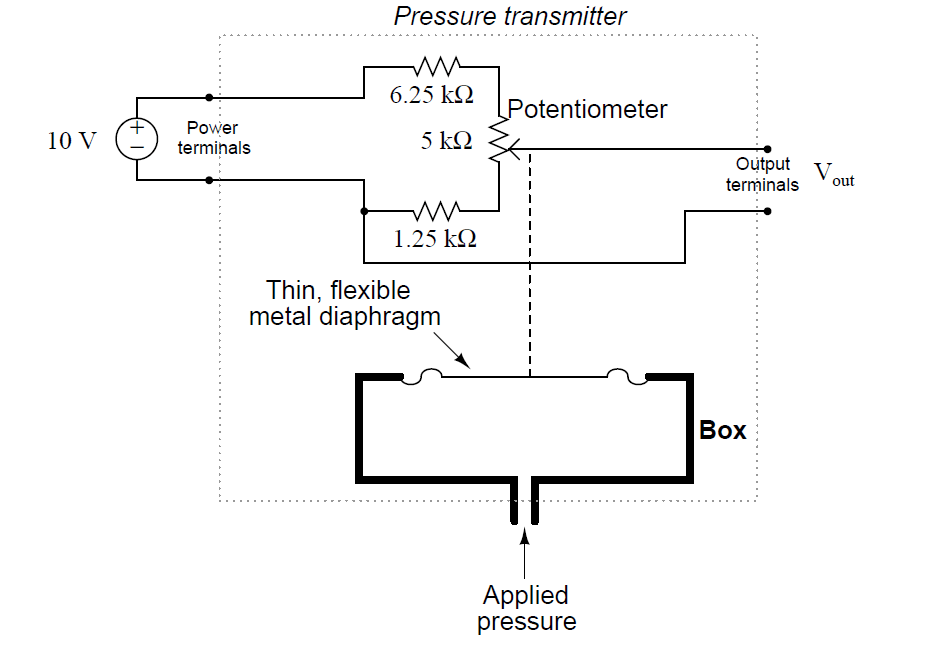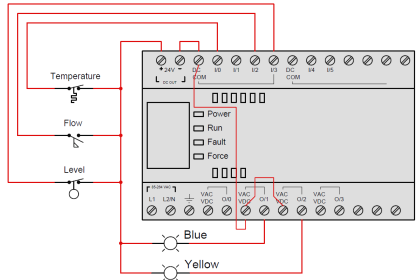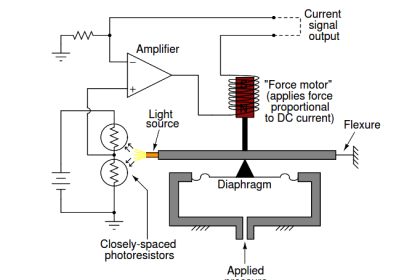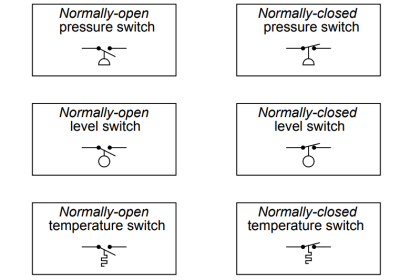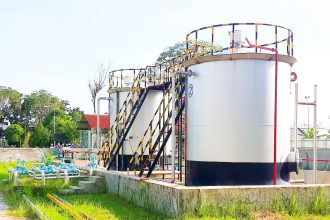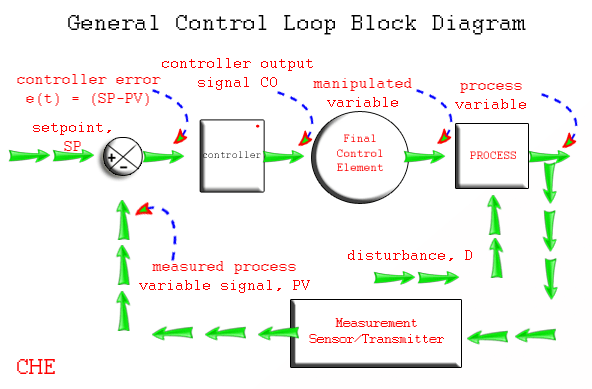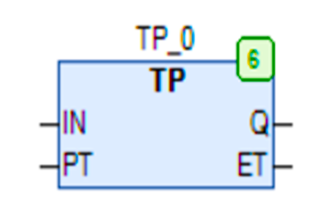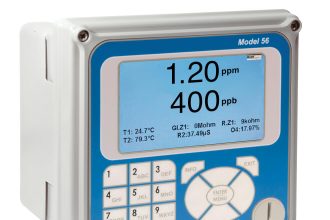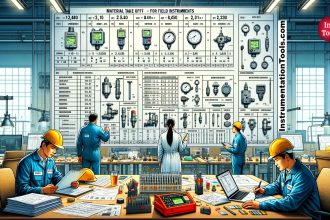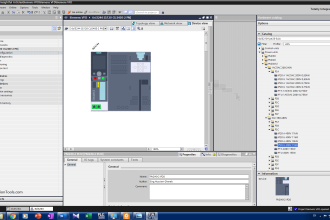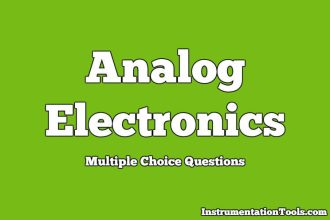Shown here is a very simple pressure transmitter, a device that measures a fluid pressure and converts that measurement into an electrical signal:
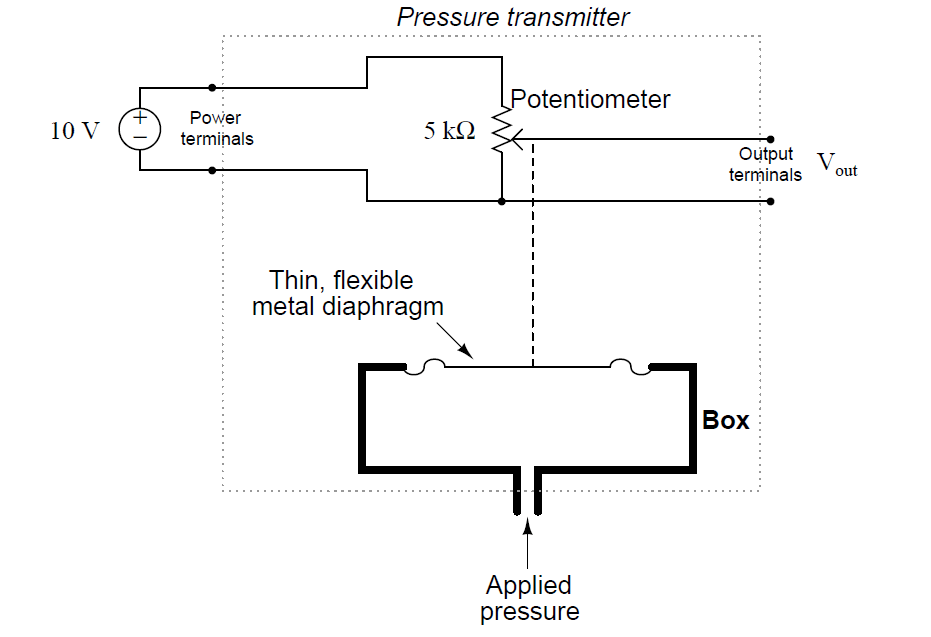
Suppose the potentiometer wiper will be at its full-down position with no pressure applied to the diaphragm, and will be at its full-up position with 15 PSI (15 pounds per square inch) of pressure applied to the diaphragm.
Based on this information, and what you see in the schematic diagram, answer the following questions:
- Lower Range Value (LRV) of input, in units of PSI:
- Upper Range Value (URV) of input, in units of PSI:
- Input span, in units of PSI:
- Lower Range Value (LRV) of output, in units of volts:
- Upper Range Value (URV) of output, in units of volts:
- Output span, in units of volts:
Now, suppose we make a modification to the electrical circuit portion of the pressure transmitter. Assume the diaphragm still responds to pressure and moves the potentiometer wiper the same way it did before. Answer the same questions again:
- Lower Range Value (LRV) of input, in units of PSI:
- Upper Range Value (URV) of input, in units of PSI:
- Input span, in units of PSI:
- Lower Range Value (LRV) of output, in units of volts:
- Upper Range Value (URV) of output, in units of volts:
- Output span, in units of volts:
The latter design outputs what is commonly called a live-zero signal, whereas the first transmitter outputs a dead-zero signal. Live-zero signals are much preferred in industrial instrumentation, because they more readily betray wiring failures than dead-zero signals.
Explain how you answered all the questions, and also show currents and voltage drops in both circuits (complete with arrows showing directions of current). Then, elaborate on why you think live-zero signals are preferable to dead-zero signals.
Answer:
First transmitter design:
- Input range: 0 to 15 PSI
- Output range: 0 to 10 volts DC
Last transmitter design:
- Input range: 0 to 15 PSI
- Output range: 1 to 5 volts DC
Share your answers with us through below comments section.
Read Next:
- Calculate Process Variable
- DP Transmitter Suppression
- Differential Pressure Transmitter
- Formula for Process Variable
- Transmitter Turndown Ratio
Credits: Tony R. Kuphaldt
